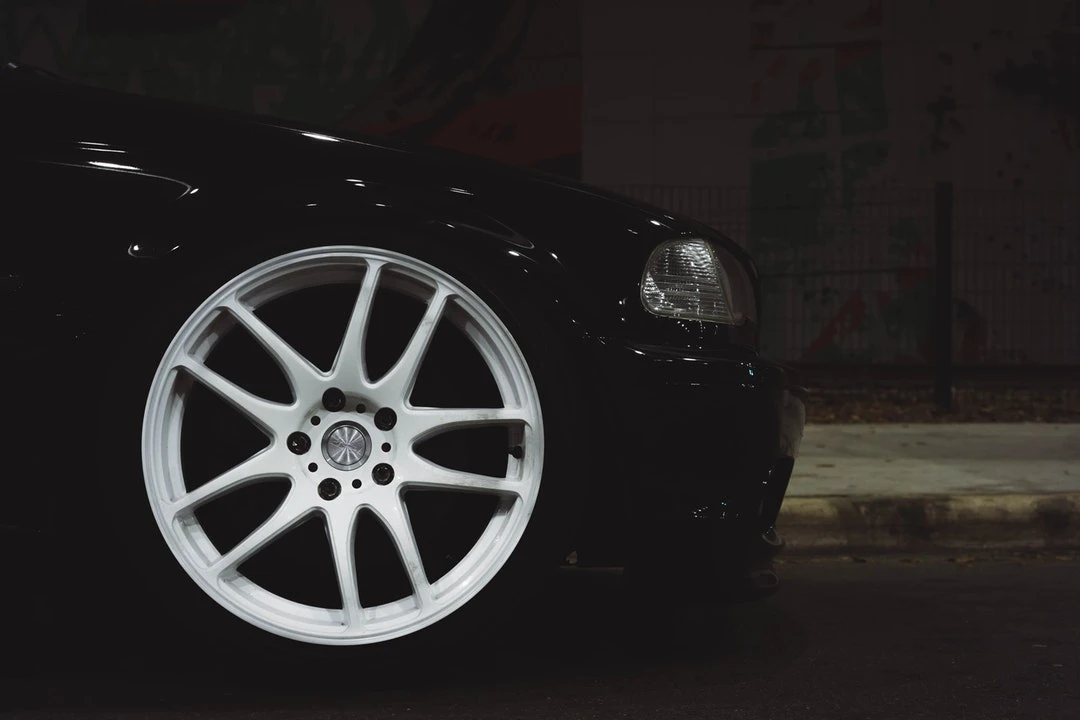Buying a Trailer Hub Cap

Many trailer owners may think of hub caps as decorative accessories that are only used for the look, but they serve an important function. The small, round metal covers (also called grease caps) are placed at the center of a wheel and help to protect the bearings from dirt, dust, sand, water, road salt and other debris that can destroy them.
Grease caps are essential for maintaining a proper bearing-to-wheel connection and also keep a steady supply of grease in the bearings, which helps to cool them down, thus helping to extend their life. Click here for more info on trailer hubcaps .
When choosing a trailer hub cap, the most important factor is to ensure that it matches the stud size on your trailer wheel.
The studs are the threaded rods that hold the hubcap on to the wheel. The most common sizes are 8 of 5/8" studs or 10 of 3/4" studs, although some have 12 of 1/2" studs. If you're not sure what size studs your wheels have, you can measure them with a ruler or a tape measure. Then, check your trailer owner's manual for the correct size.
Buying a new trailer hub cap is usually not difficult, but it is crucial to know what type of hubcap your trailer has before making a purchase. There are two basic types of trailer hubs: Parallel and Narrow spindle, get more info here.
The difference between these is that Narrow hubs use one bearing of a different size than the other, while Parallel uses both the same-size bearings. If you know the type of hubs on your trailer, the parts counter person at a truck stop can help you select the correct hubcap.
Another thing to consider is that many hubs are oil-filled, while others are greaseless. A trailer with oil-filled hubs will have a small reservoir inside the hub that holds the grease, which is kept there by a double-lipped seal and pressure from a rubber plug or grommet positioned on one side of the hub assembly. One manufacturer, Shoreland'r, has recently criticized the idea of using oil hubs in boat trailers because they can become contaminated with sand and other debris that would not be present with a greaseless type of hub.
The biggest challenge with oil-filled hubs is that the grease can degrade and become contaminated with black, rusty grease. This is because the casting on the hubs wears and generates heat, which in turn causes the grease to melt. To prevent this, you need to frequently check the amount of grease in the bearing and re-grease. If you don't check the grease, it can evaporate completely and leave your trailer with excessive heat, which can lead to bearing or brake failure. Check out this related post to get more enlightened on the topic: https://en.wikipedia.org/wiki/Wheel_spikes .
